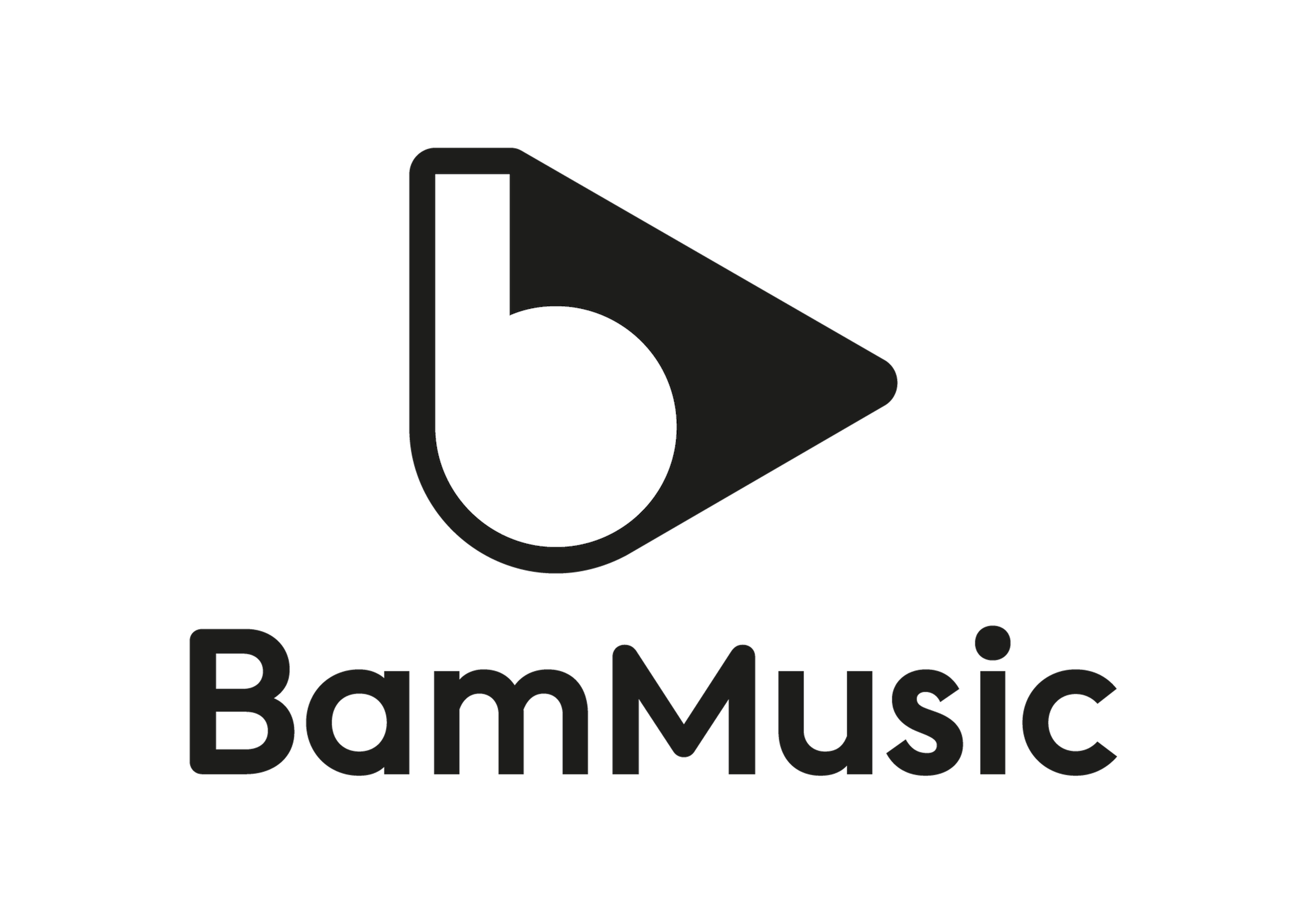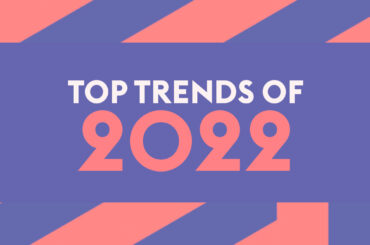The old adage said “a picture is worth a thousand words”, but it’s even more true with videos now. With 500 hours of video uploaded onto YouTube every minute, we are literally flooded with videos in our daily lives. And as everyone uses videos, it can be easy to forget that there are rules when it comes to video use online. Just like with music, there are things you can and cannot do with video clips. Video licenses exist to prevent any misuse of video content. Let’s see in further detail how video licensing works. Here is all you need to know about video licensing!
Why should you get a video license?
Among all you need to know about video licensing, this may be the most important. If you want to use any video for your content, you need to get the work owner’s authorization. Copyrights indeed protect an author’s creation. Copyrights refer to the legal rights of the owner of intellectual property. This applies to any intellectual property (music, images, softwares…). In our case for music, a copyright is automatically granted to whoever created a video. The use of a video without the authorization of the copyrights’ owner is considered as a copyright infringement which can lead to legal action.
That’s where licenses come in. Video licenses give you the right to use someone’s work, usually in return for a monetary compensation. Obtaining a video license is thus essential to legally use a video for your own purpose. That way, you avoid any possible infringement or infringement claims.
What types of licenses?
Rights Managed
A rights managed license refers to a type of license that allows you to use the clip for one specific project only. The terms of the license are specific to this video in particular, which means that the contract usually specifies the numbers of views, revenue earned, the geographical covering, the license duration, and so on.
Royalty Free
A royalty free license refers to a license that allows you to use the clip as many times as you want, usually on any media and for an unlimited amount of time, with no additional fee to the initial price you paid to purchase the license.
Editorial Use
Editorial use licenses are much stricter than the two previous ones discussed. Under such a license, you can use a video clip for editorial purposes only. It means that the video can be used by newspapers, news outlets, for blogs, educational content, documentaries, or any editorial use that is non-commercial.
Creative Commons
A Creative Commons license is a type of license that allows you to use a video rather freely. Depending on the specific Creative Commons license attached to a video, you’ll only have to respect a couple rules to have the right to use a clip. Those rules correspond with, in particular, the Share Alike, No Derivatives, Non-Commercial, and Attribution rights.
How video owners earn money from their work?
Now let’s switch to the owner’s point of view. There are several ways that video creators can earn money from their work. The Fixed License Fee, where the owner gets a fixed amount of money in exchange to a specific use of his work for a certain project, media, duration, territory. The Revenue Share, where the owner gets a percentage of the revenue that the content that featured his video has generated. That percentage can vary according to the agreement between parties. Finally, Pay Per View refers to a system in which the users of the owner’s video pay a fixed amount for each view their content generates.
Where to find it
Stock video companies often offer different types of licenses. By purchasing licenses from those companies, you’ll be able to legally use video for your own content. The most popular and qualitative video licensing companies are Shutterstock, Getty Images and Istockphoto.
That’s it for the basics! There are obviously more things we could add but just wanted to give you a clear overview of all you really need to know about video licensing. We hope it helps your understanding of how video licenses work!
Now that you’ve got your video, you may be looking for music. If that’s the case, you should definitely check this Content Creator Playlist from BAM Music!







